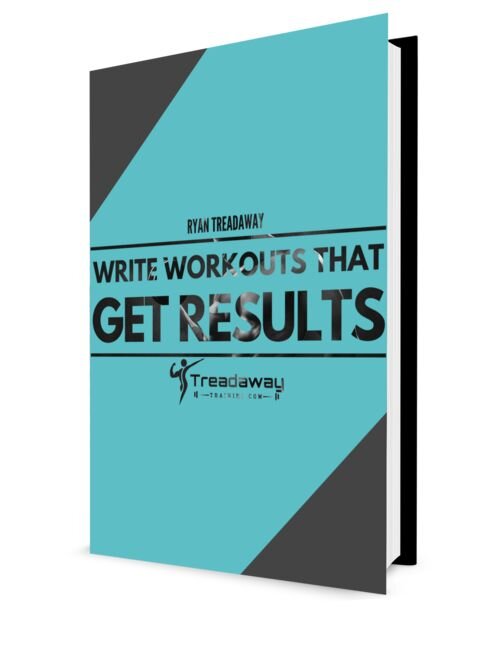If you've spoken about training with someone who has been at it for a while, you may hear that individual mention terms such as volume, intensity, and frequency. These three terms make up the basis of all workout programs and are interrelated. We will discuss each of these three in separate articles. Today, we will discuss volume.
First, let's define volume. There are two ways to define volume. The first is, Sets x Reps x Load (weight lifted). The second is simply Sets x Reps. For our purposes, we will be using the first definition. Now, for examples. Let's say you squatted 200 pounds for 3 sets of 10 and want to figure up how much squat volume that is. Remember, load x sets x reps = volume. So Volume = 200lbs x 3 sets x 10 reps per set = 200lbs x 30 total reps = 6000 lbs of volume.
Do you want to build muscle and shred fat?
Click to learn my scientifically proven process for creating workout plans that will help you finally get the body you've always wanted.
Now, to answer the question you're asking yourself. Why do I care? It's simple. Increased volume over time is proportional to "gainz" over time and we all all know its all bout dem gainz bro. While on the topic, let's dispel a very prominent myth. Hypertrophy (muscle growth) is not specific to a rep range[1]. You can grow equally as well, using lower reps or higher reps, if volume is equated.
Example:
Workout A: Bench Press 3x10x200
Workout B: 4x6x250
If you look at the formula we established earlier, you'll see that the volume for these training sessions are equated (3*10*200=6000 lbs of volume and 4*6*250=6000 pounds of volume). In the average individual, both of these routines will provide similar results in regards to hypertrophy; however, I will note that there are strength implications when discussing different rep ranges[2]. That's something we will get into in the next article when we discuss intensity.
One other thing I would like to touch on is the Fitness-Fatigue model. Fitness is our physical capabilities that we have as a result of our training. These capabilities are increased, along with our training, over time. Fatigue is also a result of training. Fatigue is generated based on your work load as well as how fatigue resistant you are. Fatigue is also increased, along with our training, over time. Performance could be simply defined as fitness minus fatigue. Additional factors to be considered are: life stresses, gym temperature, how tiring work was on a given day, how well you slept, etc.
Earlier in the article I stated that volume is proportional to hypertrophy. This is true, to a certain point. After a certain point, you will start to get diminishing returns on your training. If you continue to keep pressing, you will eventually start to have progress decline. This is shown in Figure 1.
Figure 1: Fitness-Fatigue Model
Eric Helms Andy Morgan, and Andrea Valdez
The Muscle and Strength Pyramid Training
This leads in to more advanced topics regarding Volume such as Functional Over-Reaching, Deloads, etc. that will will discuss in later articles. The next thing we will discuss is Intensity.
Thanks for reading! Don't forget to like, share, and comment on your favorite social media platforms, it really helps Treadaway Training grow. And as always, God bless you AND your family, and I'll see you in the next article.
References:
1. Schoenfeld, B.J., et al., Effects of Different Volume-Equated Resistance Training Loading Strategies on Muscular Adaptations in Well-Trained Men. Journal of Strength and Conditioning Research, 2014.
2. Schoenfeld, B.J., et al., Effects of Low- Versus High-Load Resistance Training on Muscle Strength and Hypertrophy in Well-Trained Men. J Strength Cond Res, 2015.



